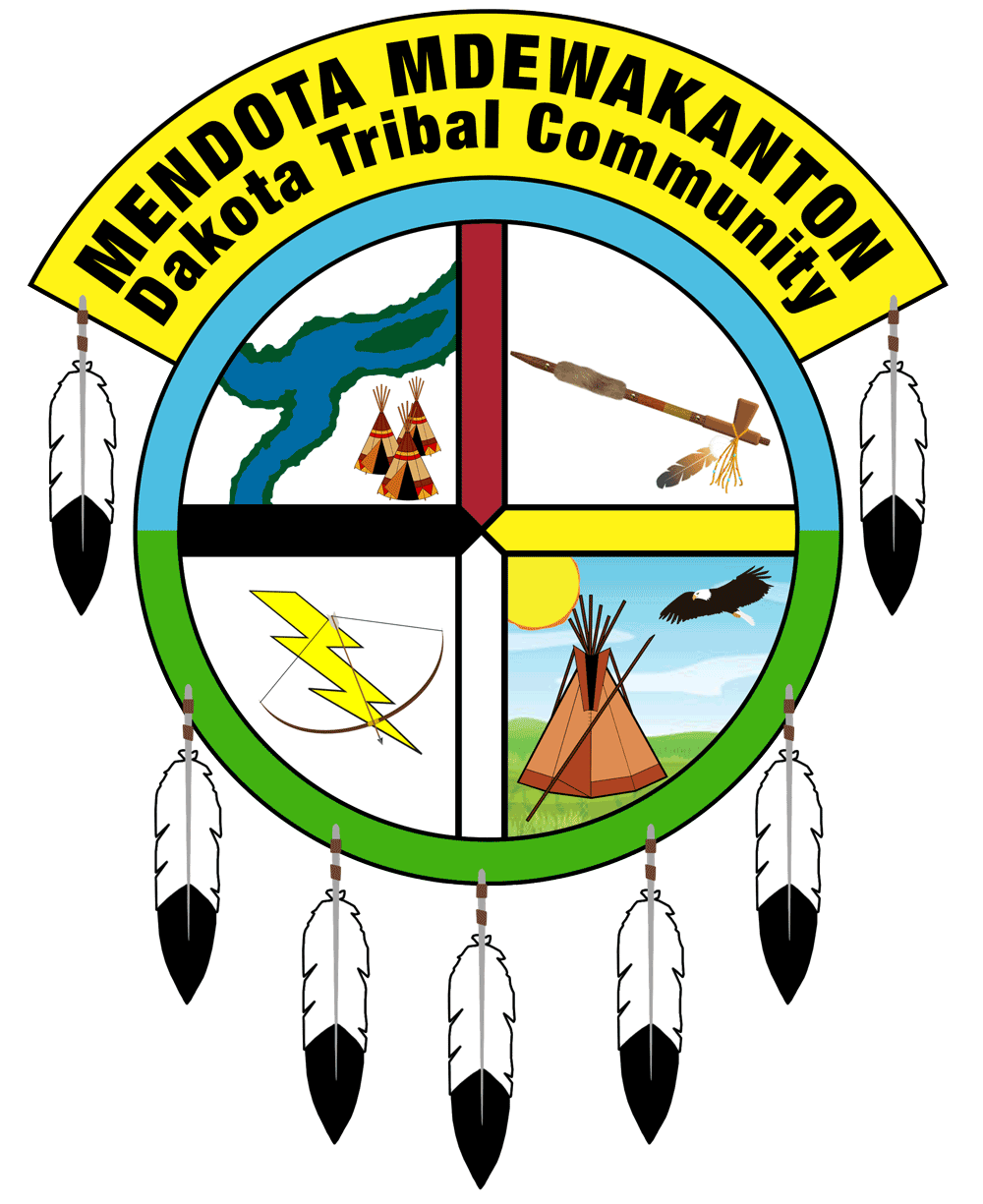Keith Ellison remarks in the federal Congressional record submitted by Keith Ellison on December 19, 2012.
Note in yellow below the Dakota Expulsion Act of 1863, a federal law making it illegal for Dakota people to live in Minnesota, has yet to be repealed.
Seems to me Senator Franken, Klobuchar and Congress member Ellison would like to repeal that law immediately and a repeal would be do-able.
(Document certified by Superintendent of Documents <pkisupport@gpo.gov>) Signed by Superintendent of Documents <pkisupport@gpo.gov> Time: 2012.12.20 08:42:03 -05'00' Reason: GPO attests that this document has not been altered since it was disseminated by GPO Location: US GPO, Washington, DC 20401 E1968 CONGRESSIONAL RECORD — Extensions of Remarks December 19, 2012 REMEMBERING THE LIVES LOST IN THE 1862 U.S.-DAKOTA CONFLICT HON. KEITH ELLISON OF MINNESOTA IN THE HOUSE OF REPRESENTATIVES Wednesday, December 19, 2012 Mr. ELLISON. Mr. Speaker, I rise today in remembrance of those who lost their lives in the U.S.-Dakota War of 1862. This year marks the 150th anniversary of the conflict, reminding us of this tragic era in Minnesota’s history, and how it has shaped the lives of the Dakota people to this day. It is easy to consider history as a list of dates—a discovery, a war, a proclamation, an What has come to be known as the U.S.- Dakota War of 1862 has its roots in the rapid expansion of Minnesota’s population by white settlers, and the subsequent treatment of indigenous peoples. From 1850–1860, the numbers of white settlers in Minnesota grew from 5,000 to more than 170,000; in that same decade, Native Americans went from the majority of people in Minnesota to being outnumbered by whites 5–1. Treaties made between the Dakota people and the U.S. government pushed native communities off their ancestral lands with promises of money, food, and commodities. Forced assimilation policies further marginalized tribes by requiring the adoption of European style dress, hair, and culture. Tensions escalated when the government failed to pay promised annuities, a drought decreased the supply of food leaving many Dakota families hungry, and the U.S. government took back land set aside for Indian reservations, reducing the remaining reservation size drastically. The first violent acts of the conflict occurred on August 17, 1862, when four young Dakota men killed five people at a farm near Acton, Minnesota. These murders divided the Dakota community; some argued it was time to go to war with the settlers who now claimed ancestral Dakota land, but much of the community wanted to maintain peace. Nevertheless, Dakota leader Little Crow led his Nation to War, understanding that the greater power of the U.S. government would most likely prevail. The weeks of violence that followed in Southern Minnesota led to over 1,000 deaths. The U.S.-Dakota War is one of the bloodiest conflicts between a Native tribe and the U.S. government, surpassing both the conflicts of Little Big Horn and Wounded Knee. The War’s end was marked by the largest mass execution in U.S. history, when 38 Dakota men were convicted in kangaroo courts and hung on December 26, 1862. Originally 303 Dakota men were tried and sentenced to death, but President Lincoln personally reviewed the cases and stayed the execution of those whose conviction was based on questionable testimony. Two additional Dakota warriors were forcibly returned from Canada and hanged at Fort Snelling in 1865. Although the day of the execution stands out in history, the suffering of the Dakota people continued throughout the winter and into the coming years. Those Dakota who had surrendered to U.S. forces, many of whom opposed the war, were forced to march to an internment camp at Fort Snelling and suffer through a brutally cold winter filled with disease, food shortages, and assaults by soldiers and civilians alike. Hundreds perished over the winter, and those who survived were forcibly relocated to Western reservations where similar conditions led to more deaths. Some 6,000 displaced members of the Dakota community relocated to Canada and Western states and territories, and by the end of the decade a majority of the Dakota tribe had left its ancestral lands. The U.S.-Dakota War reminds us of how the events of the past continue to reverberate to this day. Dakota tribe members are still dispersed over several states and into Canada as a direct result of this conflict. Most unfortunate, the Dakota Expulsion Act of 1863, a federal law making it illegal for Dakota people to December 19, 2012 CONGRESSIONAL RECORD — Extensions of Remarks E1969 live in Minnesota, has yet to be repealed. In August of this year, members of the Dakota community took part in a walk through South Dakota to the Minnesota border, symbolizing the unjust forcible removal of all Dakota people from Minnesota in 1863. The healing from the War is ongoing; honoring those we lost and remembering our complicated past should not be limited to anniversaries of the conflict. We should use this year of reflection to inform a more inclusive view of history, an appreciation of how far we’ve come, and recognition of all we must do to continue to support our Native communities today.
